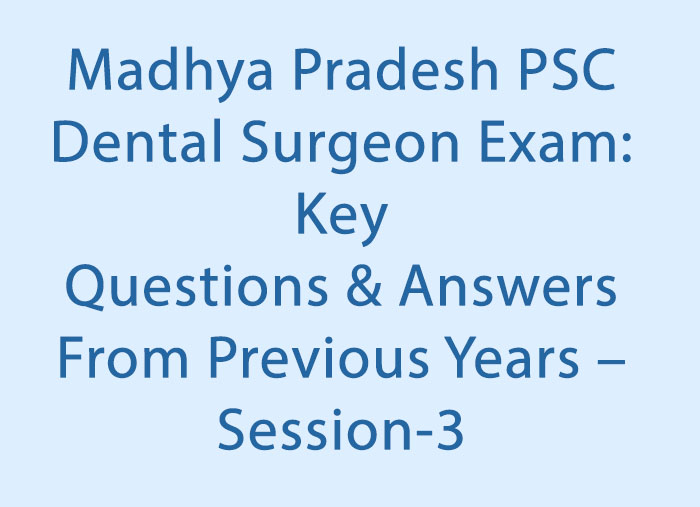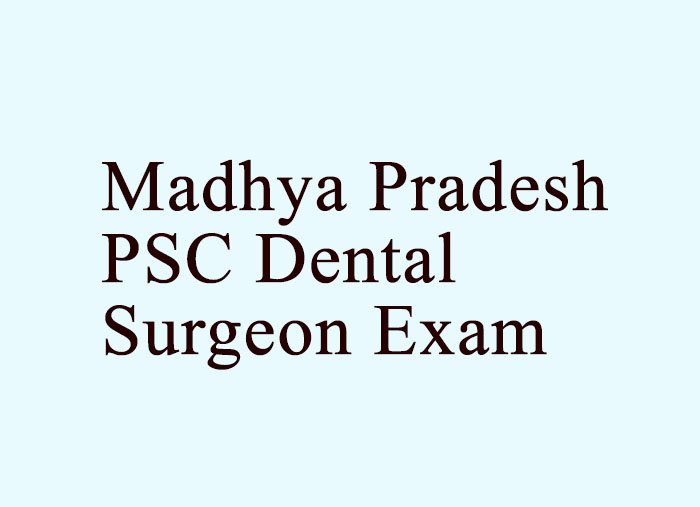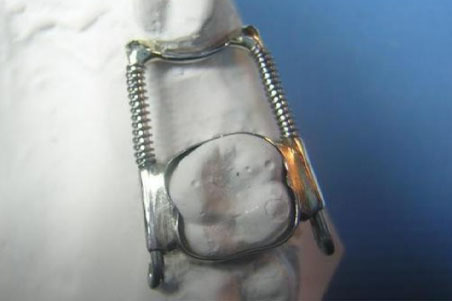- NEED HELP? CALL US NOW
- +919995411505
- [email protected]

1. Biologic width Is the distance between
(A) The margin of the restoration and the marginal gingiva
(B) The base of the sulcus to the level of the bone crest
(C) The Interdental papillae and the base of the sulcus
(D) The margin of the restoration to the level of the bone crest
Answer: option-B
Biologic width refers to the dimension of the soft tissue that is attached to the portion of the tooth coronal to the alveolar bone.
It includes:
- Junctional epithelium (JE): ~0.97 mm
- Connective tissue attachment (CTA): ~1.07 mm
Total Average Biologic Width: Approximately 2.04 mm on average.
Significance of Biologic Width:
- Protects the underlying alveolar bone from infection and trauma.
- Violation of biologic width can lead to:
- Chronic inflammation.
- Bone loss.
- Recession of the gingiva
2. The Frankel appliance is a
(A) Tooth borne and passive appliance
(B) Tissue borne and passive appliance
(C) Tooth borne and active appliance
(D) Tissue borne and active appliance
Answer: option-B
The Frankel appliance (also known as the Functional Regulator or FR appliance) is:
- Tissue-borne: It rests on the vestibular soft tissues (oral musculature and periosteum), which
helps in altering muscle activity and guiding jaw growth. - Passive: It works by eliminating abnormal muscle pressures and allowing natural growth of the jaws without applying active forces to the teeth.
It functions by:
- Relieving abnormal perioral muscle pressures.
- Expanding the arches to encourage favorable jaw growth.
- Encouraging proper functional positioning of the mandible.
3. According to Simon’s classification, when the Maxilla is closer to the Frankfort horizontal plane it is called
(A) Attraction
(B) Abstraction
(C) Expansion
(D) Contraction
Answer: option-A
Simon had put forward a craniometric classification of malocclusion that related the dental arches in all these three planes
1. Frankfort Horizontal Plane (FHP): Describes the vertical position.
- Attraction: when the dental arch or part of it is closer than normal to the Frankfort plane
- Abstraction: When the dental arch or part of it is away from the Frankfort horizontal plane
2. Orbital plane: used to describe malocclusion in a sagittal or antero-posterior direction
- Protraction: dental arch or part of it is farther away from the orbital plane
- Retraction: when the arch or part of it is closer or more posteriorly placed in relation to orbital plane
3. Midsagittal Plane: Describes the transverse direction.
- Distraction: when a part or whole of the arch is away from the mid sagittal plane
- Contraction: when the arch or part of it is closer to the mid sagittal plane




